What is On-Page SEO? And Is It Important?
On-page SEO is the process of optimising website content for both search engines and users. It includes elements such as metadata & heading optimisation, image compression, URL structure, and more.
All everyone seems to talk about these days are backlinks. So if you’re wondering if on-page is even important, think again.
On-page SEO is fundamental to the success of your search engine strategy. Even with successful technical and off-page elements, your website will struggle to rank without the proper optimisations.
What’s the Difference Between On-Page and Off-Page SEO?
Unlike on-page, off-page SEO refers to optimising for signals that happen off of your website, such as backlinks.
Similarly, technical SEO differs from on-page in the fact that it refers to elements such as pagespeed, robots.txt files, indexing, and more.
So let’s get into it. Find out how you can level up your SEO with these 10 on-page SEO tips..
10 On-Page Optimisations You Can Do Today
Whether you’re an expert or totally new to SEO, here are 10 on-page items you can take care of today to improve your position in search rankings and drive more organic traffic to your website.
Keyword Research
You’ve done your keyword research. Great!
Now what to do with it?
Use Your Target Keyword in the First 100 Words
This principle has withstood the test of time in the world of SEO.
Use your primary keyword at least once in the first 100 words of your blog article, product/service page, and all of the other pages on your website.
Just as users read top to bottom, so does Google.
Just imagine you were writing a blog about the best flavour of ice cream. Imagine not mentioning the term “best ice cream” until halfway down the page. Wouldn’t make much sense would it?
Keyword Density
Now that you’ve mentioned your keyword at the beginning of the page, how often should you use it in the rest of the article?
Keyword density is the amount of times a specific keyword appears on a given web page.
In the early days of Google, most SEO “experts” were cramming their primary keyword onto a webpage as often as possible, a practice known as “keyword stuffing.”
Nowadays, this is considered bad practice. Most experts agree that the proper keyword density is around 1-2%, meaning that your primary keyword should only appear 1-2x per 100 words.
Title Tag
Your title tag is one of the most important on-page SEO factors. It gives users and search engines a high-level overview of what your page is all about.
Let’s stick with the ice cream example.
If you’re writing an article comparing different types of ice cream, you wouldn’t title it “Chocolate v. Vanilla: Which is Better?” right?
Without reading the article, someone looking at the title may think it’s about cake or protein powders or anything else. They’d have no idea if it was about ice cream, and they’d never click on the search result.
A better title would be “The Best Ice Cream Flavour: Chocolate v. Vanilla.”
In short, include your primary keyword (or a close variation of it) in your blog title. And similar to your copy, try to place your keyword as close to the beginning of the title tag as possible.
And though you may want to write a long, descriptive title, it’s best to keep it short and sweet. Keep your title under 580 pixels in length, as Google will cut off any characters after the pixel limit. You want users to read the full page title in search engine result pages (SERPs) right?
There are several tools online that help you check optimal title tag length, such as ToTheWeb.
-modified.png)
Meta Descriptions
Meta descriptions are snippets that appear in SERPs directly below the title tag that allow users to understand what your page is about.
Though meta descriptions aren’t a direct ranking factor with Google, they’re still important to your on-page strategy.
To write a well-optimised meta description, include your primary keyword (towards the beginning if possible) and write a description that makes users want to click on your page. Using persuasive language that inspires the user to click on your page gives your page an indirect SEO boost.
And similar to title tags, meta descriptions also have an optimal length. Keep your meta descriptions under 920 pixels in length.
Headings
Headings provide structure to pages, enabling users to quickly scan for the information they seek.
Take this page for example. It’s full of H2s, H3s, and H4s which help structure the page and make scanning easier.
As such, the headings differ in size, ranging in size from largest (H1s) to smallest (H6).
H1s
H1s serve as primary headings, and offer insight into the rest of the article. It’s important to include your primary keyword in the H1, and use persuasive language that makes them want to keep reading.
In this blog, for example, the H1 is “On-Page SEO: The Beginner’s Guide.”
H2s
H2s typically are reserved for main topics covered in your blog. In this blog, some of the H2s are “What is On-Page SEO? And Is It Important?” and “10 On-Page Optimisations You Can Do Today.”
Though not as important as H1s, it’s important to use keywords in these subheadings.
H3s, H4s, and More
Use these subheadings to further structure your article, and draw attention to supporting topics.
Notice how in this section, “Headings” serves as the H3 and “H1s,” “H2s,” and “H3s, H4s, and More” serve as the H4s.
Image Optimisation
Images are great. They add a pop of color to your pages, and add plenty of design value when used properly.
Unfortunately, images are resource-heavy elements. They take a long time to load on websites, and pages that load slowly do not provide a great user experience.
But with proper sizing and compression, you can strike a balance between beautiful and fast.
First, you’ll need to convert your images into the proper format. Google recommends WebP (a next-gen format), but WebP files are not supported on Safari browsers. Instead, convert your images to a JPG or PNG type. These file types work just fine as well.
With the right file type, you’ll now need to compress your images. There are plenty of online tools for this process. One of our favourites is Tiny PNG. Tools such as these can compress images up to 80% of their original size, without sacrificing quality.
Sometimes, an image doesn’t need to stretch across the entire screen. Take your image : optimisation a step further by resizing the image to only the necessary size. A smaller image requires fewer resources to load.
Image Alt Text
Alternative text, commonly referred to as “alt text,” is used within your HTML code to describe the appearance and functionality of an image.
Alt text helps visually-impaired users better understand the context of an image, and search engines use it the same way.
Just as with other on-page elements; it’s great to include keywords in your alt text, but remember to avoid keyword stuffing.
The purpose of alt text is to describe the image, and including keywords is a bonus.
So if you’re using an image of a child eating chocolate ice cream, don’t just define the alt text as “ice cream.” Try to be more descriptive: “child eating chocolate ice cream on a hot summer day.”
BONUS TIP: Save your image files with descriptive names (with keywords if possible). This can help Google better understand your images.
Internal Linking
Internal linking is an underrated element of on-page SEO.
Internal linking is the practice of linking from one page on your site to another, typically a related page.
Linking between pages helps users and search engines better understand your content in a contextual sense by knowing which pages are related to each other.
To best structure your internal linking, link from high-authority pages to low-authority pages to increase the low-authority pages and make your entire website more authoritative as a result.
And when linking between pages, be sure to use keyword-rich anchor text. This provides context to search engines about the link. You’ll notice a few keyword-rich internal links scattered throughout this blog.
External Linking
Internal linking is the process linking between two pages on your website. External linking on the other hand, is the process of linking between your website and another website.
You may be thinking “why would I want to link to another website? They’re just going to click the link and leave my website.” Well, you’re not alone in that thought.
However, external links to related pages, especially authoritative pages, improve Google’s understanding of your page.
URL Structure
Though URLs aren’t quite present “on-page,” they’re still considered an on-page SEO factor.
There are two things to remember when creating SEO-friendly URLs:
Keep them short and sweet
Include a keyword in every URL slug/extension
It’s that simple.
Let’s take a look at the URL for this blog:
-modified.png)
It's short, sweet, and includes a keyword.
Here's a few more examples for good measure:
- Blog - www.icecreamcompany.com/blog/best-ice-cream-flavour/
- Service Page - www.icecreamcompany.com/ice-cream/vanilla
Write High-Quality Content
Now that you have the page laid out, it’s time to write great SEO content.And though you may be a great copywriter, you may not be an expert SEO writer (yet).
To write content that ranks, it must be unique, valuable, and optimised for search intent.
Unique
If you publish an identical article to one that is already ranking #1 in SERPs, not only is it plagiarism, but it also won’t rank.
Why, you might ask?
Because it’s not unique. If it were this easy to write great SEO content, everyone could do it.
To make your content unique, you have to add more value than the pages that are already ranking.
So whether it’s a new tip, more authoritative resources, a new case study, or something else, your content has to be better and more unique than the ranking content that already exists.
Valuable
There are billions of websites on the internet, and millions of people writing similar content to yours. To stand out from the crowd (and search engines), your content has to be more valuable than the rest.
To add more value than your competitors, add more details, use newer (and better) resources, cite case studies, and include images/infographics that support your writing.
Search Intent
Your content may be unique and valuable. But if it doesn’t satisfy search intent, it’s effectively useless.
Your content has to satisfy the searcher’s intent, otherwise it won’t rank.
Generally, search intent can be broken down into 3 main types:
- Informational - the user is looking for information, whether it be about the weather, recipes, or something else
- Navigational - the user is looking for a specific website (for example, Facebook)
- Transactional - the user is looking to buy/purchase something online, whether it’s a product or service
You’re all set! Take these 10 actionable on-page SEO tips to your website and start growing your organic traffic.
And, if you’re looking for a full SEO strategy to boost your keyword rankings, contact us to speak with one of the SEO Specialists at Activate Design.
-modified.jpg)
-modified.jpg)





 Marketing strategies are crucial for any business to thrive in today's highly competitive landscape. Traditional marketing methods are no longer sufficient in setting your business apart from its competitors. That's where alternative marketing strategies come in. These unique and creative approaches to marketing have become increasingly popular in recent years. This blog will explore five alternative marketing strategies that can boost your business.
Marketing strategies are crucial for any business to thrive in today's highly competitive landscape. Traditional marketing methods are no longer sufficient in setting your business apart from its competitors. That's where alternative marketing strategies come in. These unique and creative approaches to marketing have become increasingly popular in recent years. This blog will explore five alternative marketing strategies that can boost your business.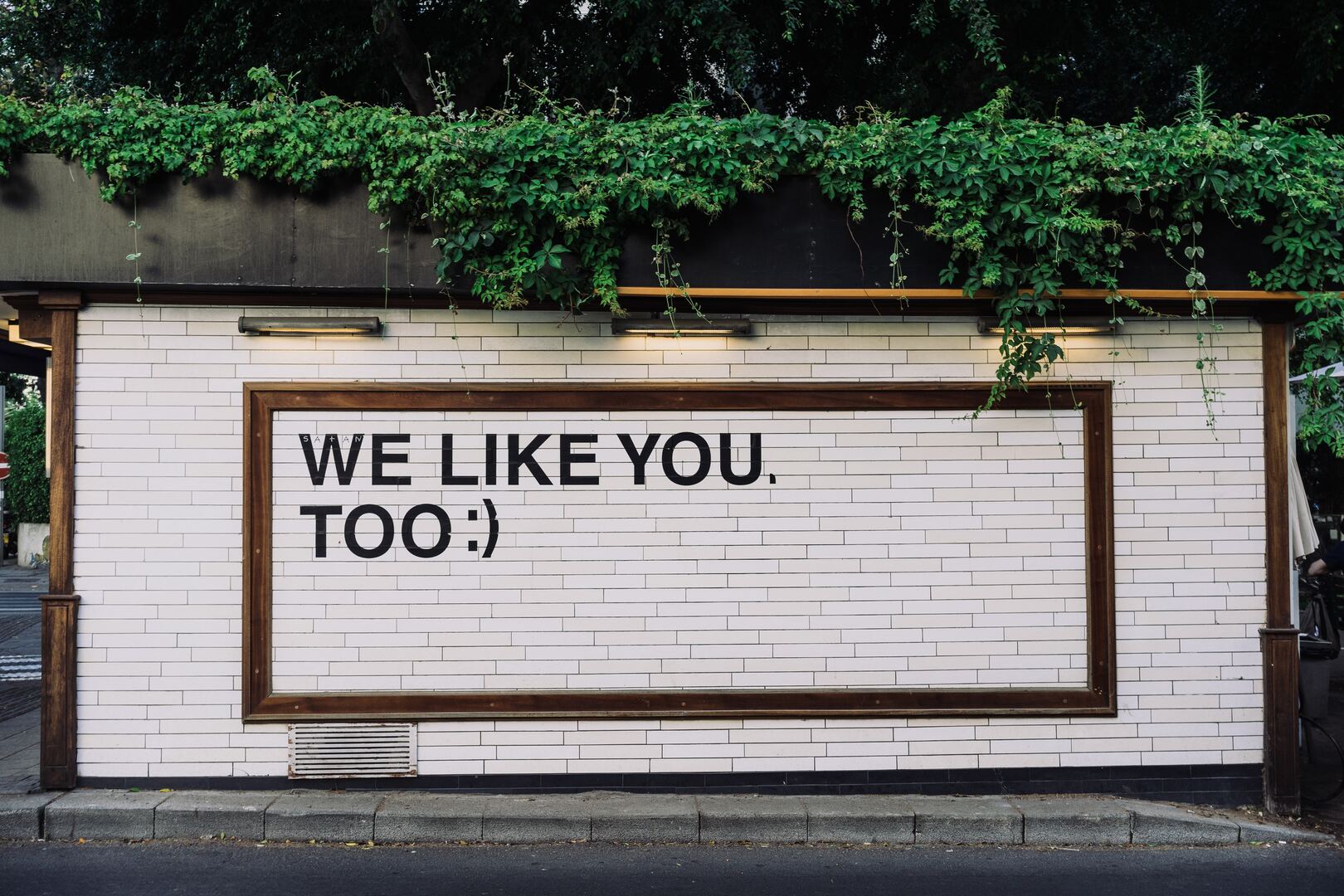
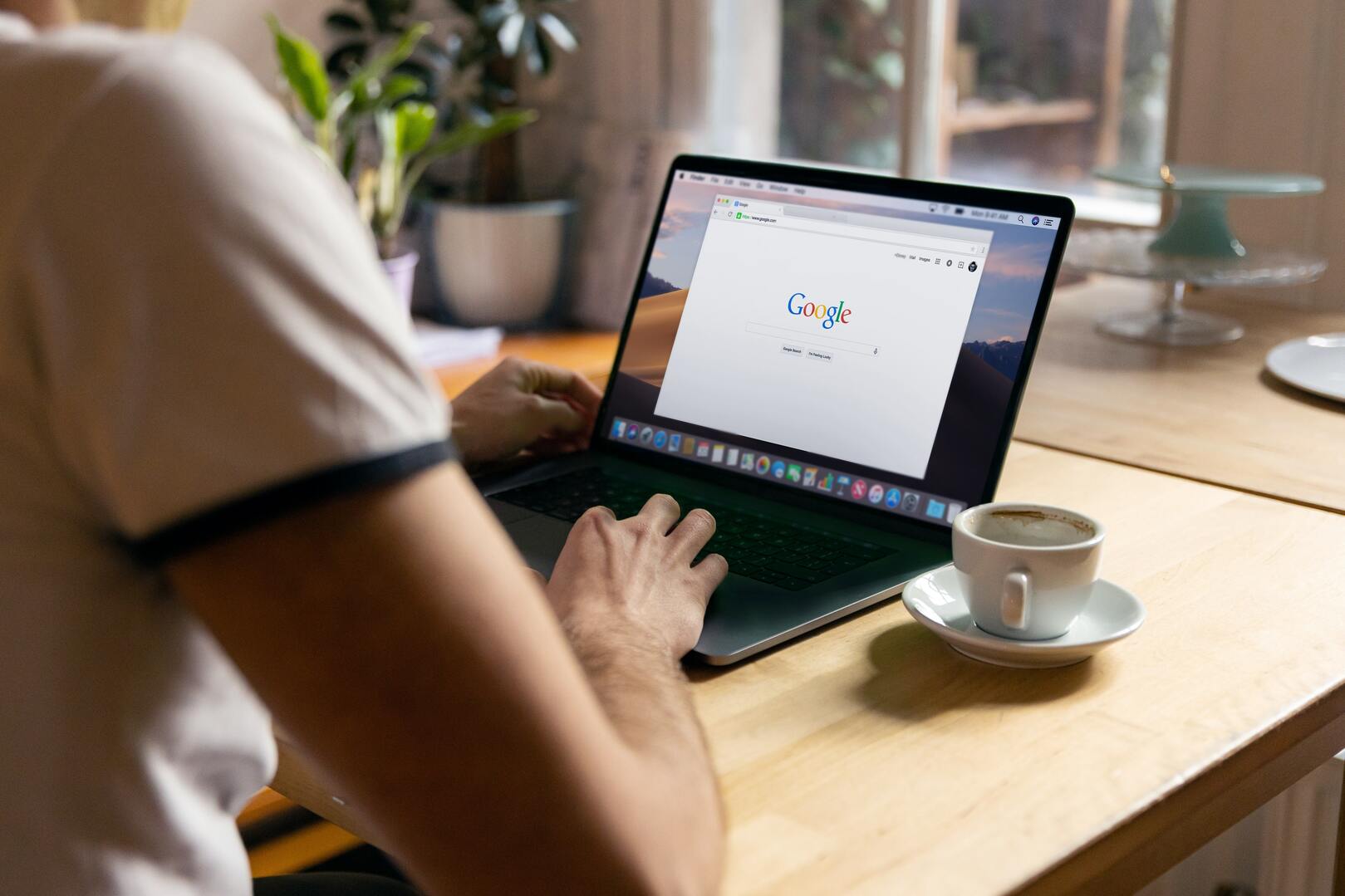 In today's world, where most businesses have an online presence, customer reviews have become an essential part of building trust and credibility.
In today's world, where most businesses have an online presence, customer reviews have become an essential part of building trust and credibility. 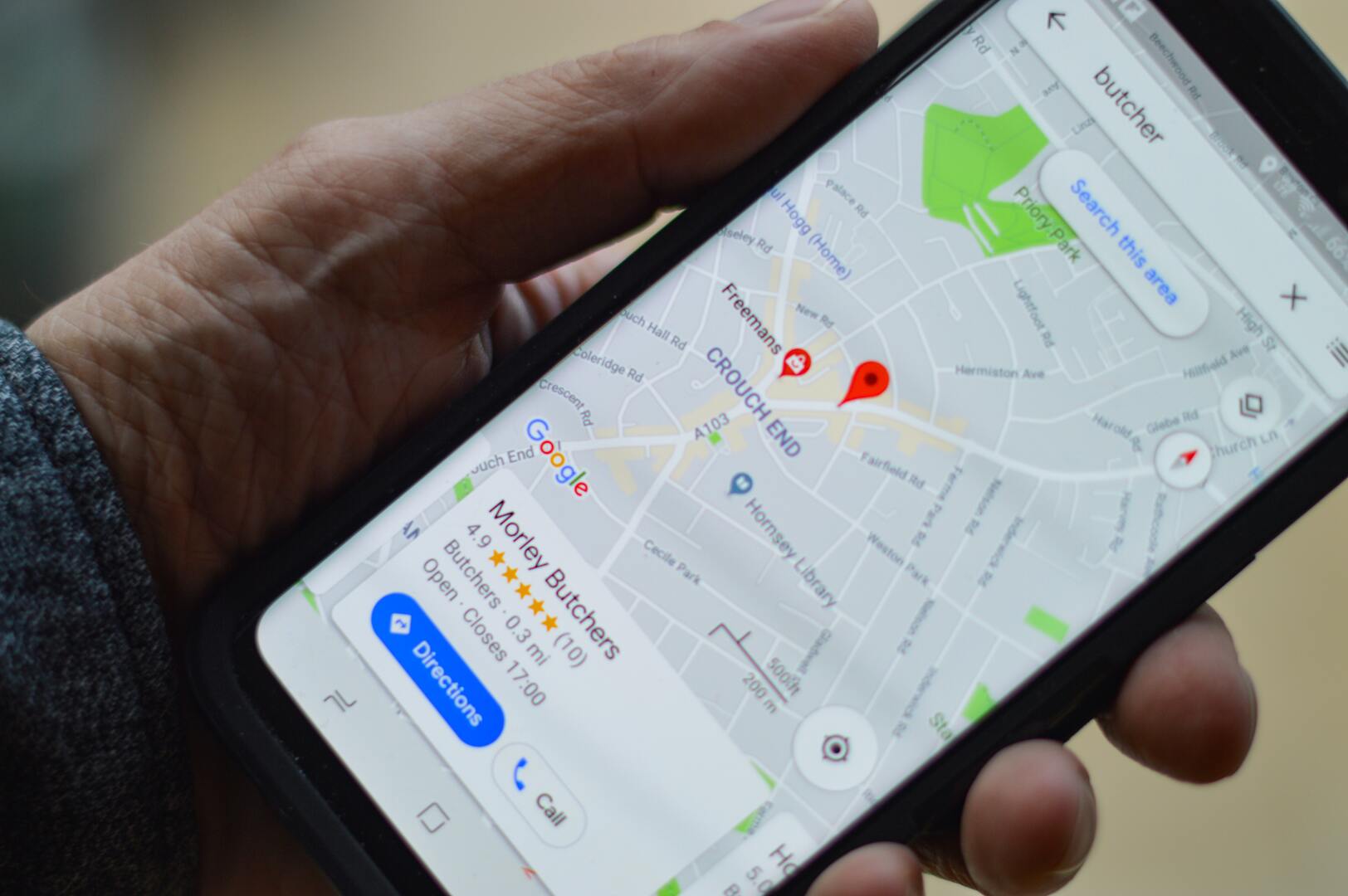

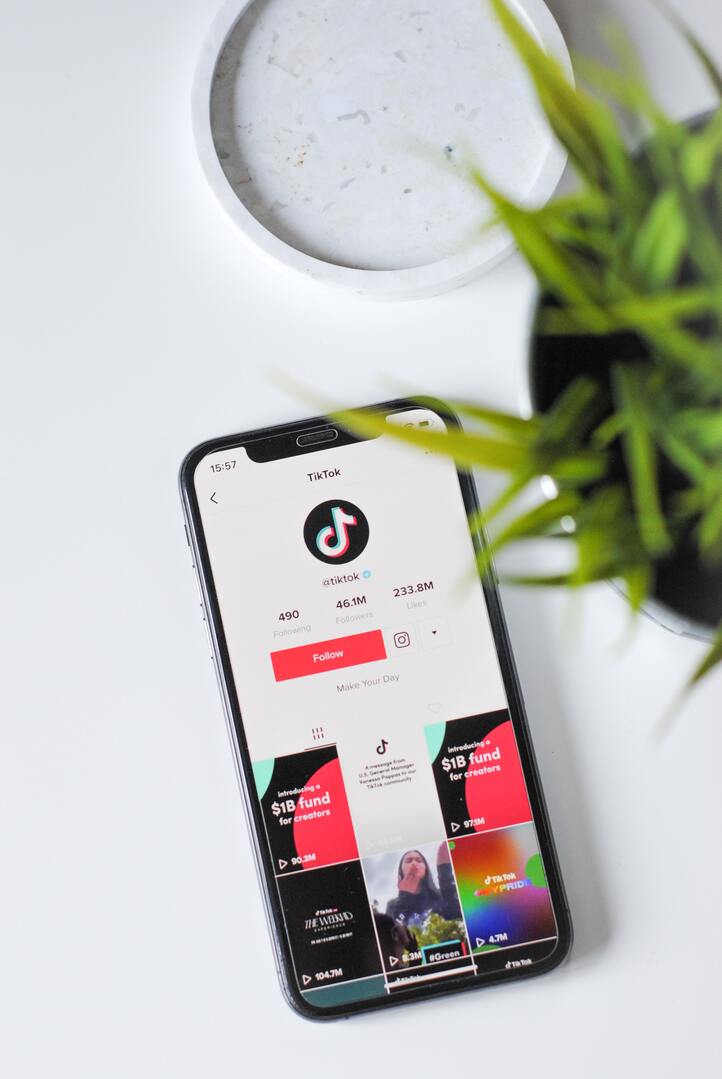
-modified.png)
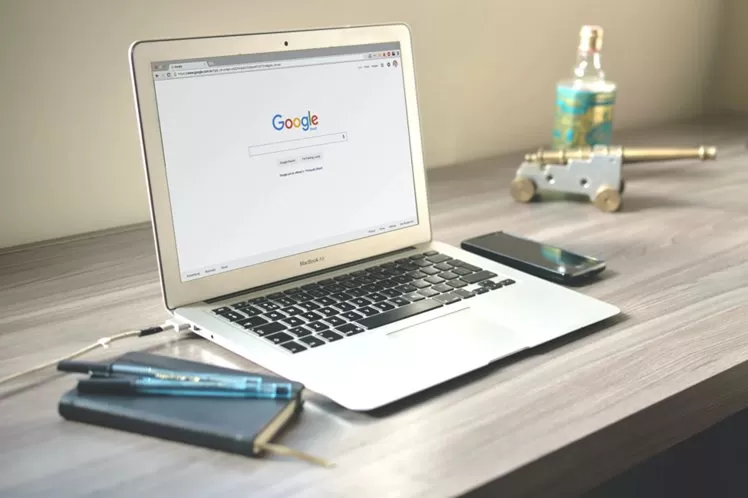
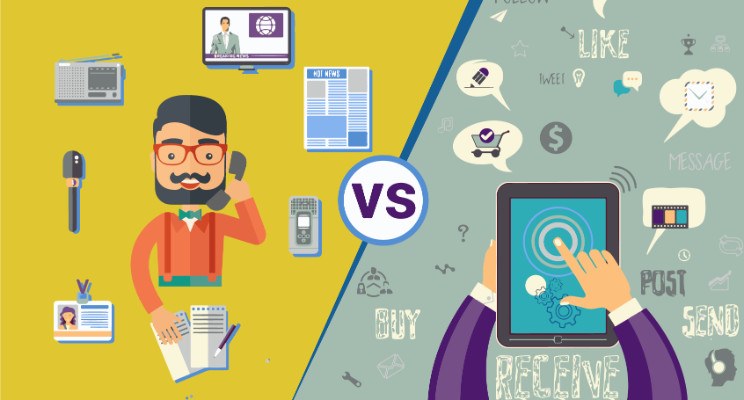
 After the challenges of 2020, this year is shaping up to be much more promising for small businesses. The economy is in better shape than many expected, and there is growing consumer confidence. It is by no means ‘business as usual’ though, and company owners need to keep on top of their marketing efforts to ensure they maintain visibility with their customer base.
After the challenges of 2020, this year is shaping up to be much more promising for small businesses. The economy is in better shape than many expected, and there is growing consumer confidence. It is by no means ‘business as usual’ though, and company owners need to keep on top of their marketing efforts to ensure they maintain visibility with their customer base.